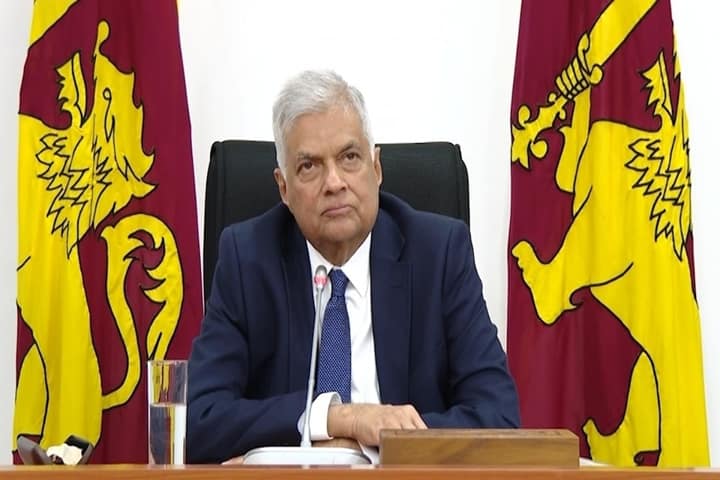Sri Lankan President Ranil Wickremesinghe’s visit to India is not an ordinary one. This is Wickremesinghe’s first visit to New Delhi since he took charge as the President last year following Sri Lanka’s default. This morning Prime Minister Narendra Modi and Wickremesinghe signed an agreement to operationalise the Indian Unified Payments Interface (UPI) amid their focus to further boost connectivity and economic ties.
Sri Lanka, which has already notified the Indian rupee as a designated currency, is expecting increased investments from India as it tries to wade out of the economic crisis. A few sectoral grant packages could be announced as well for Sri Lanka’s economic development, sources said, adding that several other key announcements are on the cards.
Not only is the visit being closely watched by Sri Lankans, it has also generated interest in the region. The outcome of the visit will have direct implications for China.
Wickremesinghe, who has shown a keenness to trade more in the Indian rupee, has a packed schedule. Apart from meeting Modi and National Security Adviser Ajit Doval, he met Gautam Adani, chief of the Adani Group.
Focus on connectivity
Adani Ports and Special Economic Zones Limited (APSEZ) – a key subsidiary of the diversified Adani Group – is developing the West Container Terminal (WCT) of the Port of Colombo (POC) at an estimated cost of $789 million.
Earlier this month, India completed the first stage of the crucial railway project connecting Colombo with Jaffna. The travel between the two cities will now be a lot easier and comfortable. Importantly, the project, undertaken by the public sector Indian Railway Construction International (IRCON) was completed in a record six months. The second phase will commence next year.
Besides, India is reviving a colonial-era oil tank farm in Trincomalee, which would help erase Sri Lanka’s chronic energy shortages.
India’s assistance to Sri Lanka
Sri Lankan newspaper the Island said that India has been extending unprecedented support to the island nation since 2022. “India was also the first official bilateral creditor of Sri Lanka to convey written financing assurances to International Monetary Fund, which paved the way for the IMF package,” it said.
The Diplomat recently noted that in 2022, Sri Lankans under unprecedented pressure were “hoping for some support from both India and China in the face of mounting economic and financial woes.”
“However, the magnitude of Indian financing – and the lack of anything in comparison from China – came as a significant surprise,” it said.
“Since the onset of Sri Lanka’s ongoing crisis, India has acted with alacrity to provide succor to the island nation,” the Diplomat said in another report. The Chinese loans, mostly used to build economically non viable “white elephant” projects, are seen as one of the factors that hastened the economic collapse of the island nation and gave rise to allegations of “debt-trap diplomacy,” it added.
Also read: Colombo Port in spotlight as Adani meets Lankan President in Delhi




















